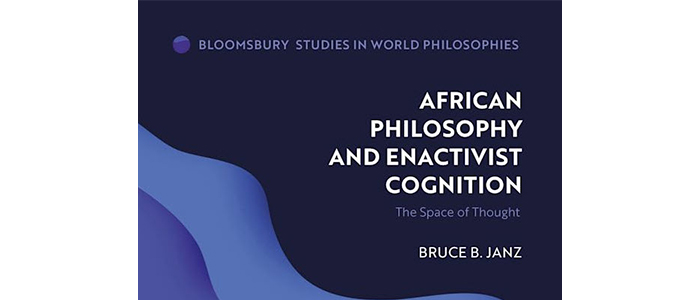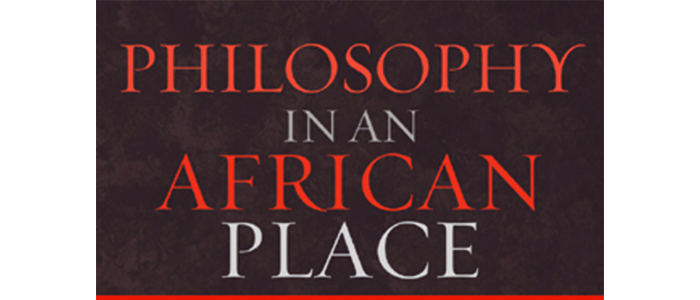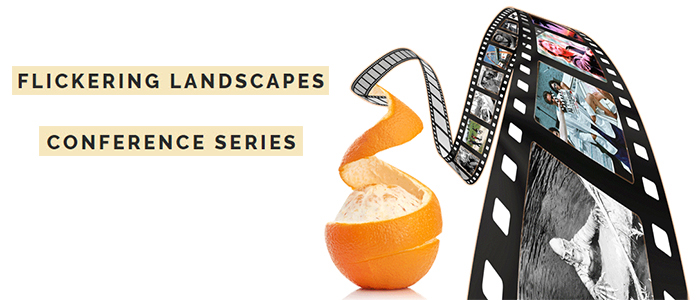Well, I’m on track to break 250 miles of walking in April (don’t worry, it is all done staying well away from anyone else – one of the perks of where I live). That’s what I’m doing to cope during this weird season. The rhythm of starting out before dawn and listening to the birds wake up (or rather, some of them like the owls give their last shout before the morning, and others pick up the tune, fading in gradually as the sun comes up) has become a kind of liturgical discipline.
The route doesn’t vary much. And yet, I’m not bored, or at least, not yet. No earbuds in (I probably would at other times of the day, but not then). Just me and my little hi-tech foot lights that attach to my shoes and bounce up and down as I walk.
More rabbits than I can count are out. The occasional armadillo, possum, and of course, the ubiquitous squirrels. Gators, yes of course. Cranes and ibises and herons and a hundred other species of birds, almost used to me at this point, or so I’d like to think, just letting me pass through. It reminds me of Aldo Leopold’s description of the morning in A Sand County Almanac (from July, not April, and earlier than I get up):
“One hundred and twenty acres, according to the County Clerk, is the extent of my worldly domain. But the County Clerk is a sleepy fellow, who never looks at his record books before nine o’clock. What they would show at daybreak is the question here at issue. Books or no books, it is a fact, patent both to my dog and myself, that at daybreak I am the sole owner of all the acres I can walk over. It is not only boundaries that disappear, but also the thought of being bounded. Expanses unknown to deed or map are known to every dawn, and solitude, supposed no longer to exist in my county, extends on every hand as far as the dew can reach. Like other great landowners, I have tenants. They are negligent about rents, but very punctilious about tenures. Indeed at every daybreak from April to July they proclaim their boundaries to each other, and so acknowledge, at least by inference, their fiefdom to me.
“This daily ceremony, contrary to what you might suppose, begins with the utmost decorum. Who originally laid down its protocols I do not know. At 3:30 a.m., with such dignity as I can muster of a July morning, I step from my cabin door, bearing in either hand my emblems of sovereignty, a coffee pot and notebook. I seat myself on a bench, facing the white wake of the morning star. I set the pot beside me. I extract a cup from my shirt front, hoping none will notice its informal mode of transport. I get out my watch, pour coffee, and lay notebook on knee. This is the cue for the proclamations to begin.
“At 3:35 the nearest field sparrow avows, in a clear tenor chant, that he holds the jackpine copse north to the river-bank, and south to the old wagon track. One by one all the other field sparrows within earshot recite their respective holdings. There are no disputes, at least at this hour, so I just listen, hoping inwardly that their womenfolk acquiesce in this happy accord over the status quo ante….
“We sally forth, the dog and I, at random. He has paid scant respect to all these vocal goings-on, for to him the evidence of tenantry is not song, but scent. Any illiterate bundle of feathers, he says, can make a noise in a tree. Now he is going to translate for me the olfactory poems that who-knows-what silent creatures have written in the summer night. At the end of each poem sits the author—if we can find him. What we actually find is beyond predicting: a rabbit, suddenly yearning to be elsewhere; a woodcock, fluttering his disclaimer; a cock pheasant, indignant over wetting his feathers in the grass.”
I love that, from the sleepy County Clerk who never looks at his books before 9 am (and hence, knows nothing of a world that isn’t ordered according to who owns what) to the dog with olfactory poems, a whole other layer of meaning that we’re generally unaware of but which is no less real for all that. That’s the liturgical discipline I mentioned earlier – not religious, necessarily, but a habit of the body and mind that, bit by bit, gives some access to those layers that the birds and the dogs and everything else just sees intuitively.
Anyway, all this walking isn’t really to get fit, or to just fill time. I’ve been walking these trails for months, much longer than just April, and the only way it makes sense to do it is as liturgy, as a series of steps engaged at the level of muscle memory and habit, not just because they must be done, but because by doing them the layers of the world slowly rise to consciousness. It’s what those from many spiritual and secular traditions have known for a long time – where your body goes, your mind also goes.
There are times when I’m walking – and I love when this happens – that I can put myself in an entirely different place, because of the light or the sounds or something else. I can remember what it was like to walk on a trail in England for the first time, or a street in Canada. It’s uncanny – the place I’m in is still present, still fully real, and yet there’s the feeling of newness as well, as if I’m seeing it for the first time. And so many more layers like that, from memory, from awareness of my own body walking, from an increasing sense of what’s watching me as I pass by, and so much more.
I guess that’s what doing 250 miles in 30 days does.





